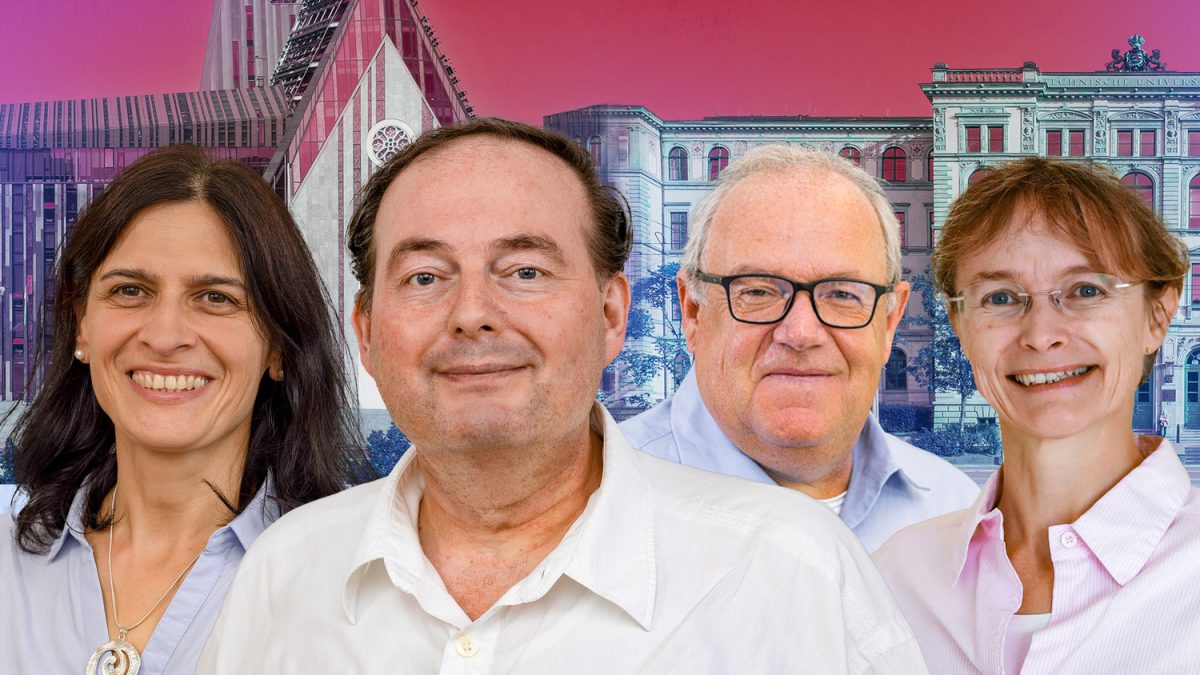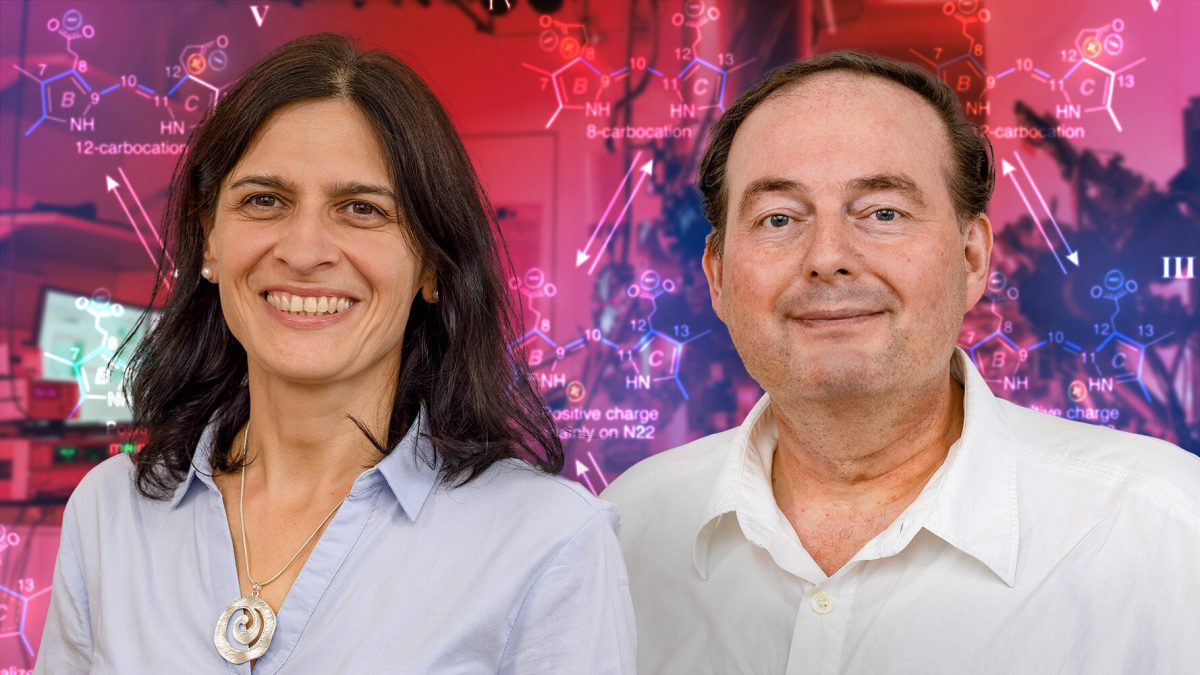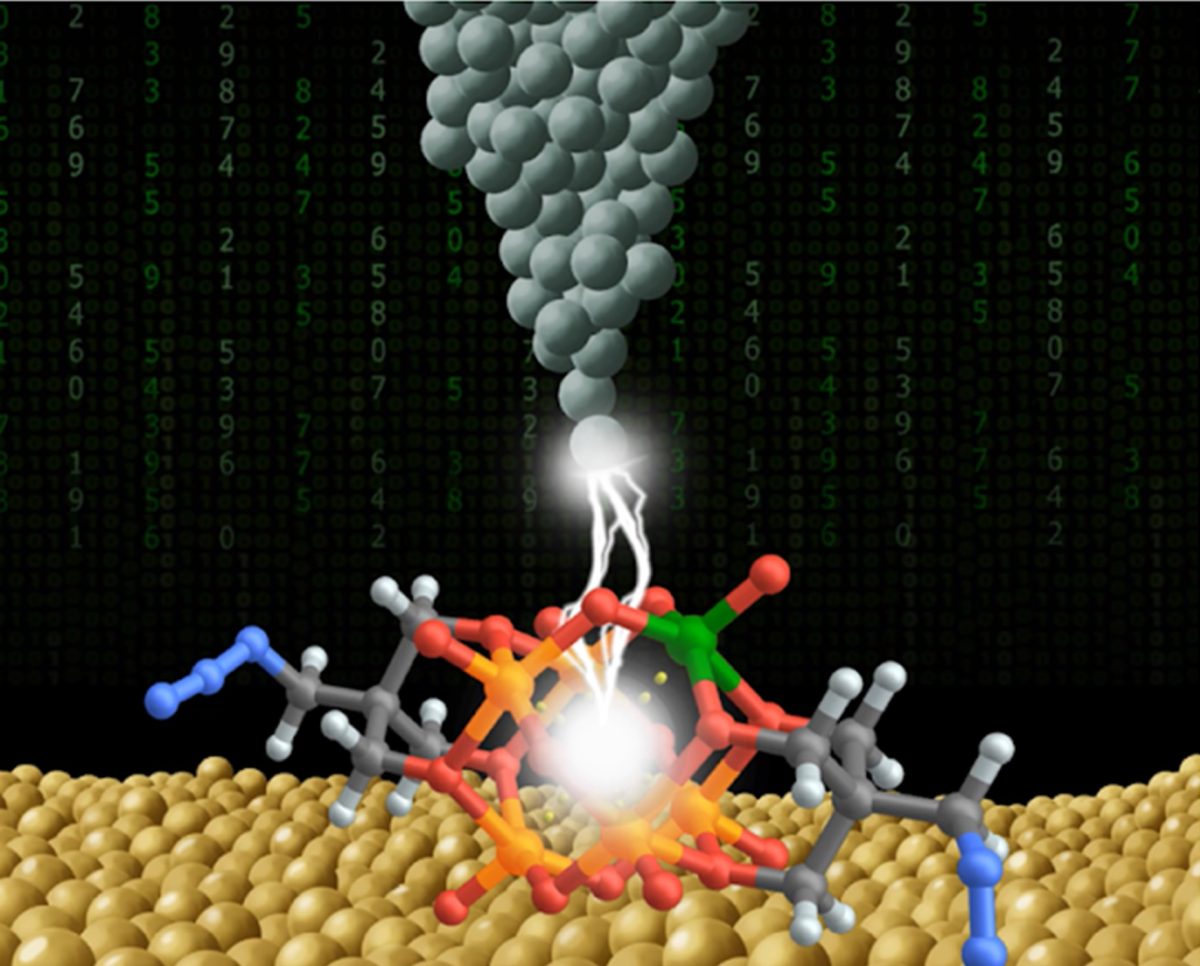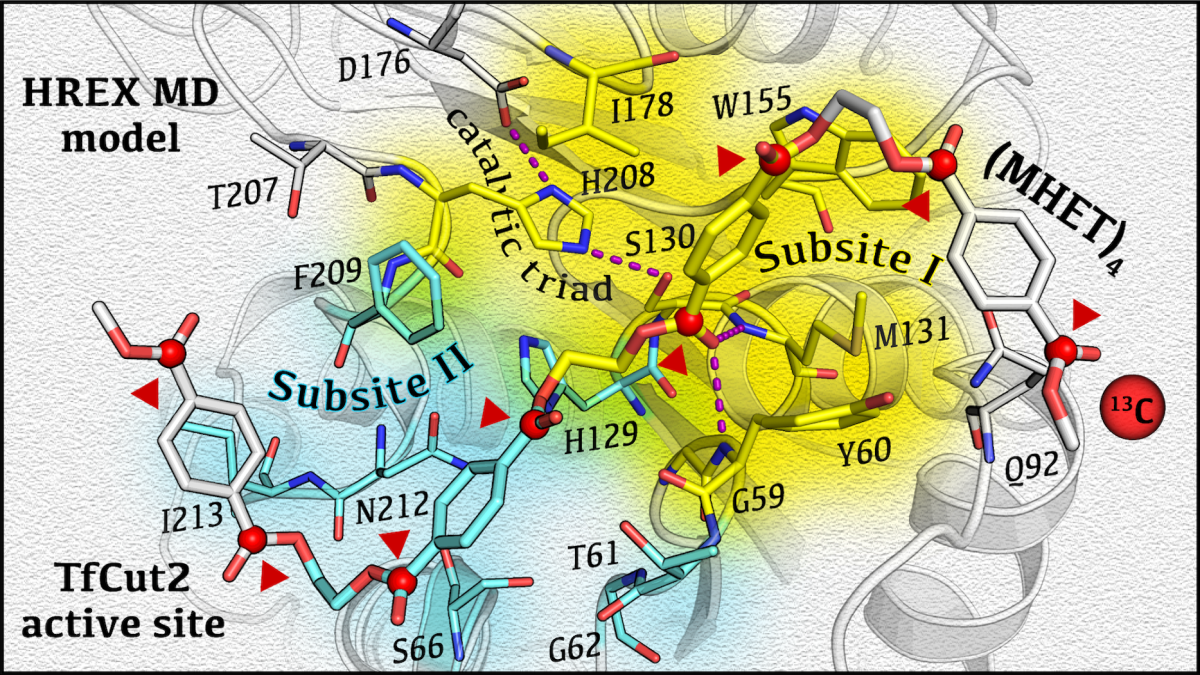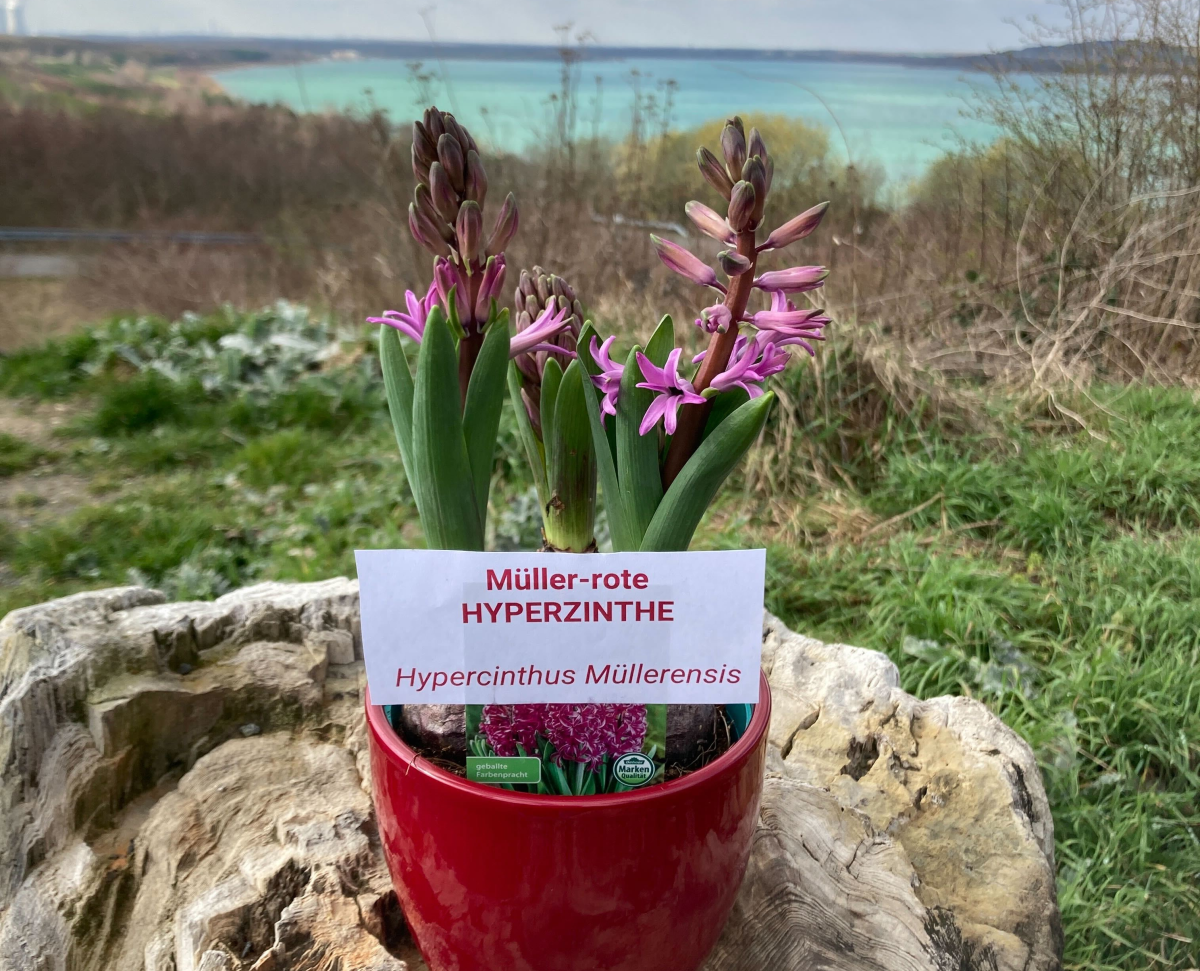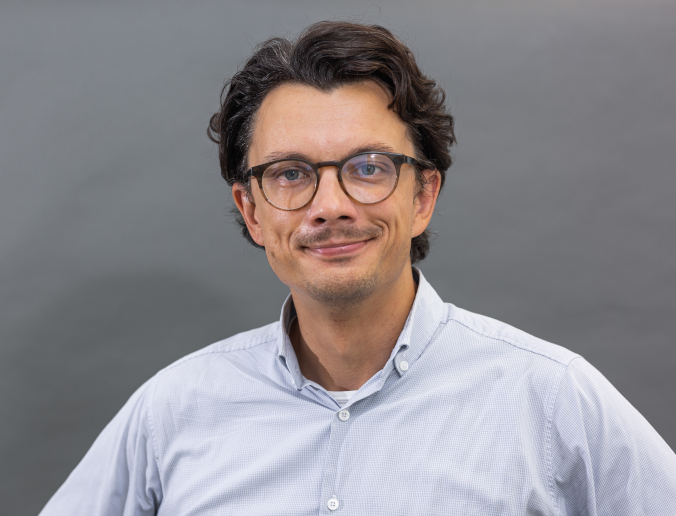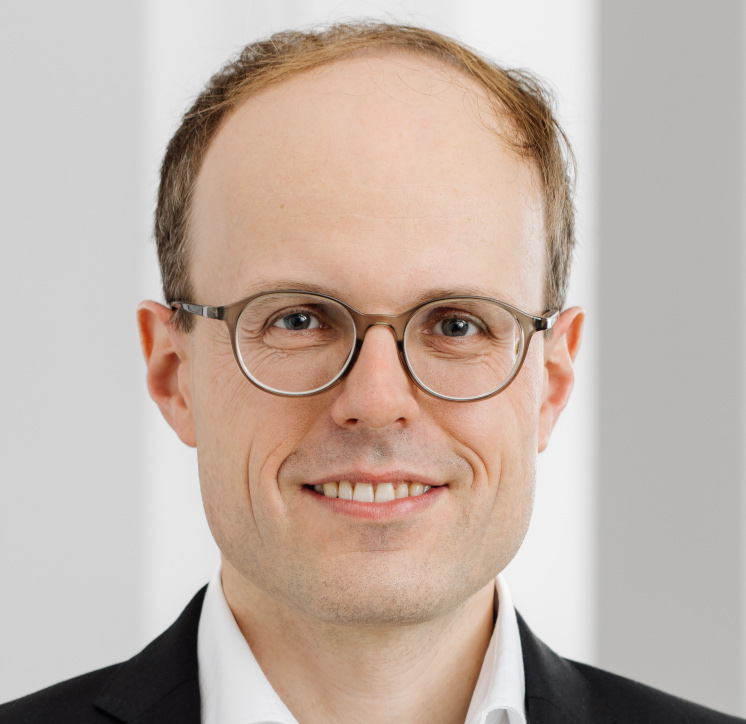We are pleased to announce that HYP*MOL has been approved as a Collaborative Research Center / Transregio of the German Research Foundation and will be funded with more than 13 million Euros. From October 2023 to mid-2027, Leipzig University and Chemnitz University of Technology will host this research network of 17 subprojects with a total of 29 project leaders.
Graphic: Jacob Müller; Photos used: Jacob Müller & Christian Hüller

